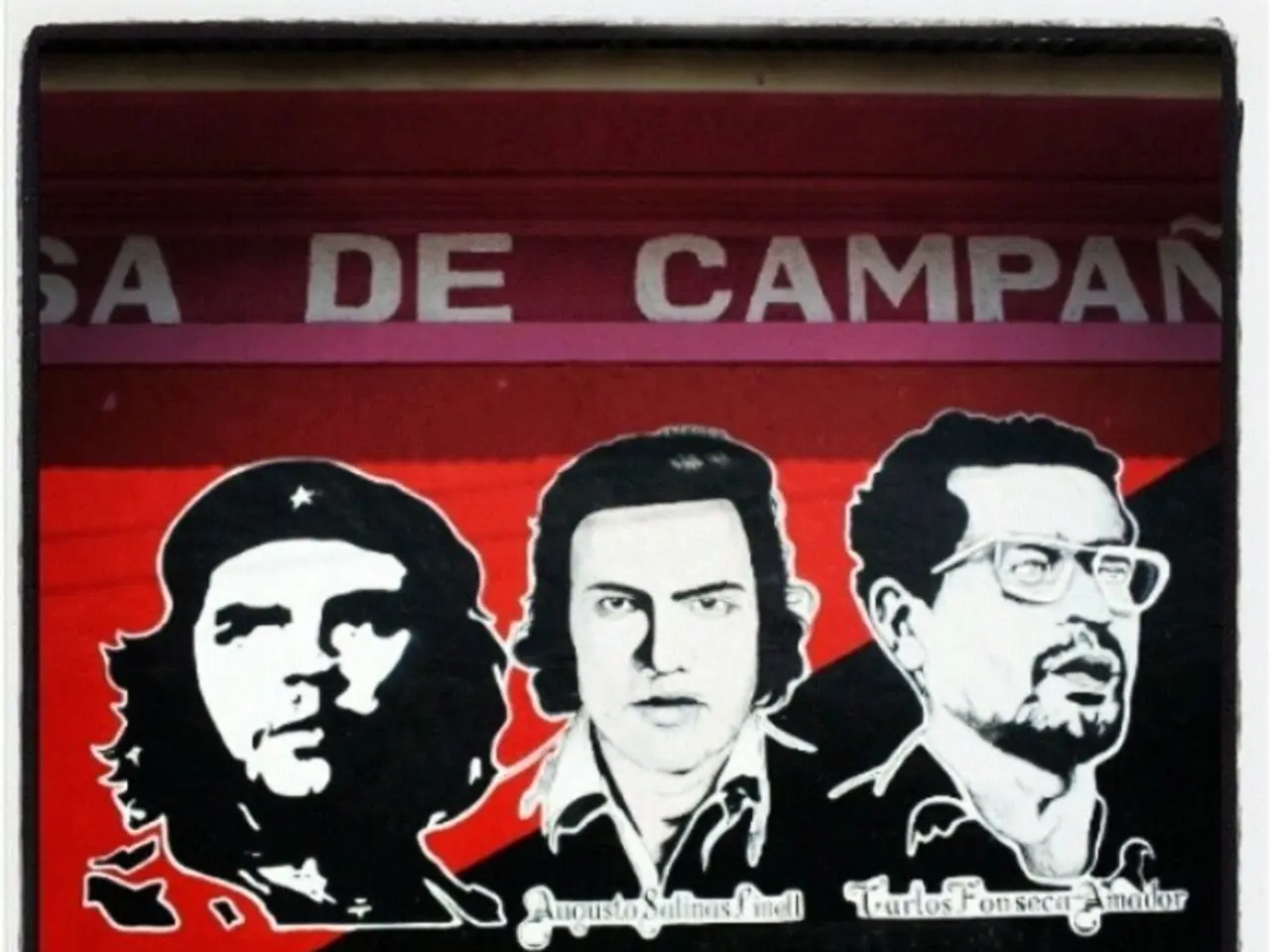The Kwartin Project: Life's Seventh Chapter - Mayn Lebn, Chapter 7
Zawel Kwartin's Musical Roots Traced Back to Small-Town Jewish Synagogues
Zawel Kwartin's illustrious career as a cantor was deeply rooted in the traditions and ambiance of small-town Jewish synagogues. These synagogues, known as shtiebelach or small shuls, served as vital centres for Jewish communal and religious life, with cantorial music playing a pivotal role.
The Impact of Small-Town Synagogues on Kwartin's Musical Journey
- Traditional Liturgical Chant Foundations: Growing up and serving in these synagogues, Kwartin immersed himself in the authentic, traditional Ashkenazi cantorial chant styles that were the backbone of these communities. The emphasis on transmitting age-old melodies and modes (nusach) shaped Kwartin’s deep understanding and emotive delivery of prayer chants.
- Personal Connections with Congregants: In smaller settings, the cantor often had a direct personal relationship with the congregation, leading Kwartin to develop a singing style that was accessible, heartfelt, and communicative. This intimacy helped him create a voice and repertoire that resonated with everyday Jewish worshippers, reflecting their spiritual and cultural nuances.
- Creative Space for Adaptation and Innovation: Small-town synagogues often allowed cantors creative room to incorporate local folk melodies or personalized ornamentation while maintaining liturgical integrity. Kwartin drew on these experiences to blend traditional cantorial modes with expressive vocal techniques, helping him stand out in the broader cantorial world.
- Establishing a Reputation through Regional Networks: These communities provided Kwartin with initial opportunities to perform publicly and develop his reputation. The networks of small synagogues enabled him to travel and gain recognition, eventually leading to larger stages and recordings.
A Musical Haven in Khonorod
Kwartin's memoir, Mayn Lebn, paints a vivid picture of his childhood hometown, Khonorod, in Ukraine, as offering a paradigm of Jewish art that significantly influenced his music and career. He remembers four of these prayer leaders from his earliest childhood, and they made the deepest and most powerful impression on his entire musical career.
These four prayer leaders, each with their unique styles, aroused Kwartin's childish fantasies and set a path for his life's journey. From the heartfelt Eliezer to the improvisational talents of Aaron Hodes, each prayer leader contributed to Kwartin's musical education and inspired his own aspirational cantorial style.
The musical environment of Khonorod was marked by a committed dedication, with debates about religious music serving as a form of local contentious practice and debate. Control over the musical life of the family was a point of conflict, particularly in Kwartin's father's home.
Despite the occasional struggles and haggling, the synagogue remained a sanctuary of musical expression and spirituality. Kwartin invites his readers to enjoy the image of soulful small-town Jews and presents their unpretentious but deeply moving art as a paradigm for his own cantorial style.
- Foundational Melodies from Small-Town Synagogues: Khonorod's synagogue in Ukraine, a significant influence on Zawel Kwartin's life, was the birthplace of many foundational melodies that shaped his musical career.
- Breadth of Musical Expression in Small Towns: The varied styles of prayer leaders in Khonorod, such as Eliezer's heartfelt chanting and Aaron Hodes' improvisational talents, broadened Kwartin's musical horizon, offering a rich repertoire that mirrored the emotional depth of traditional liturgical music.







